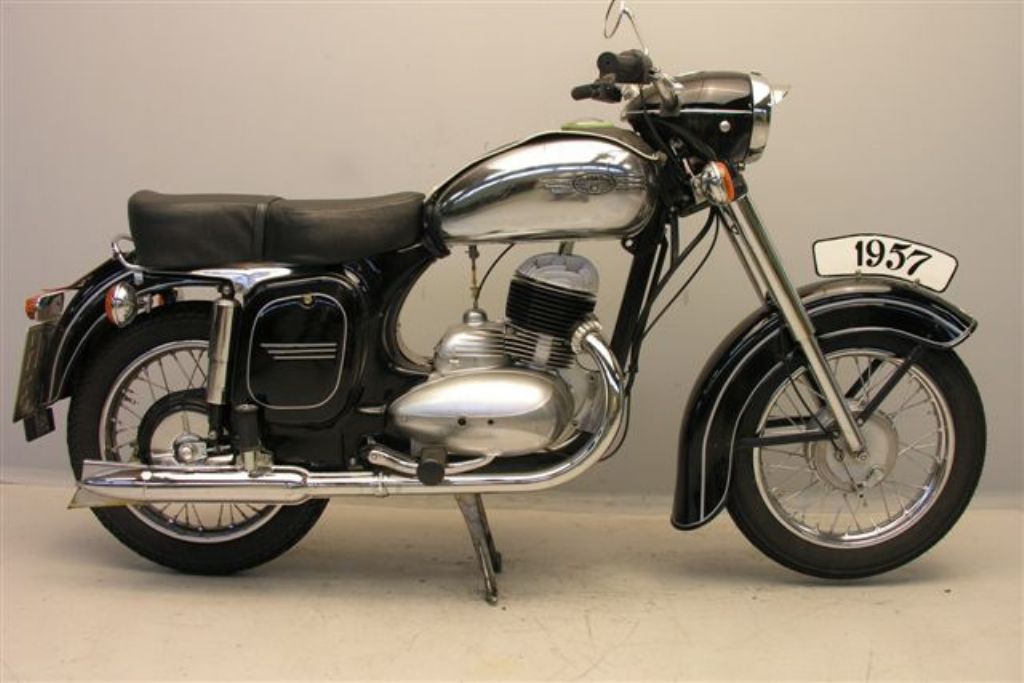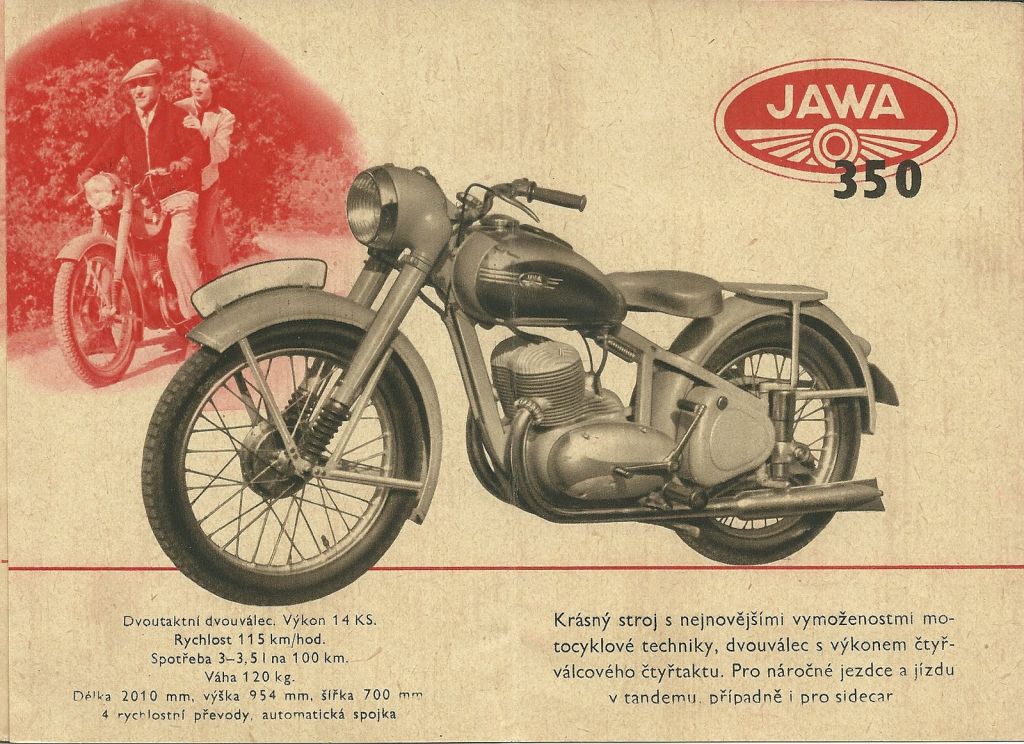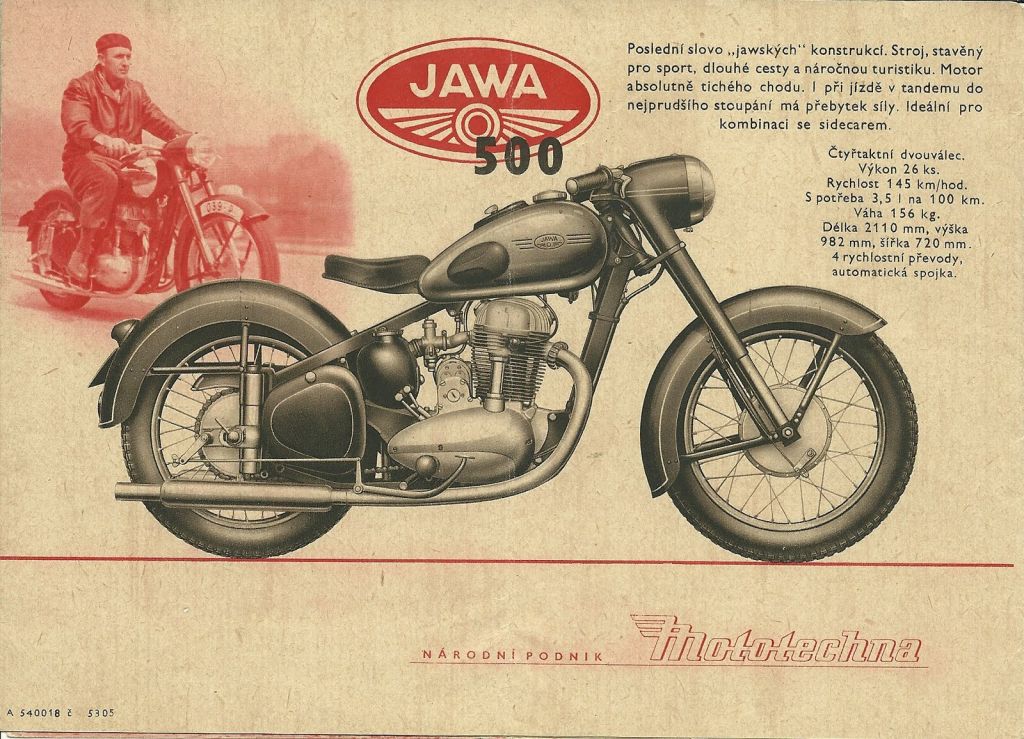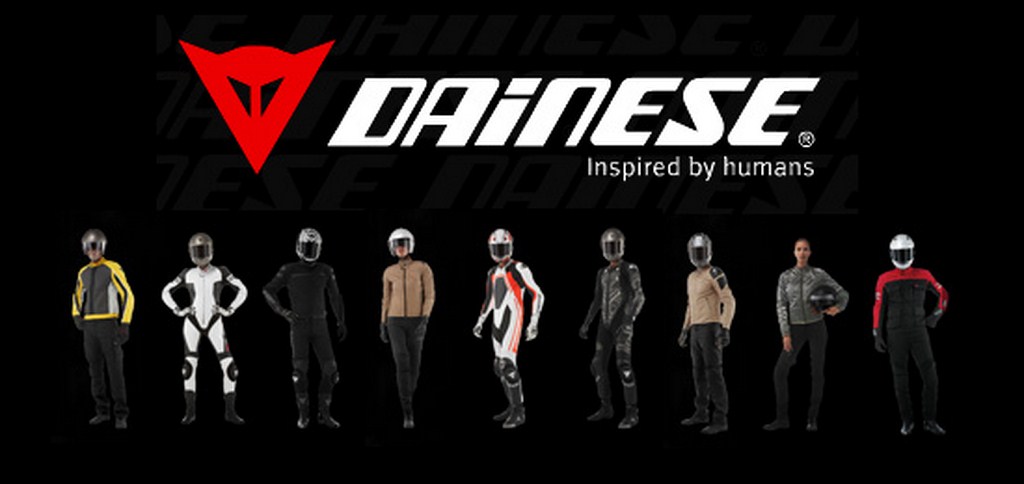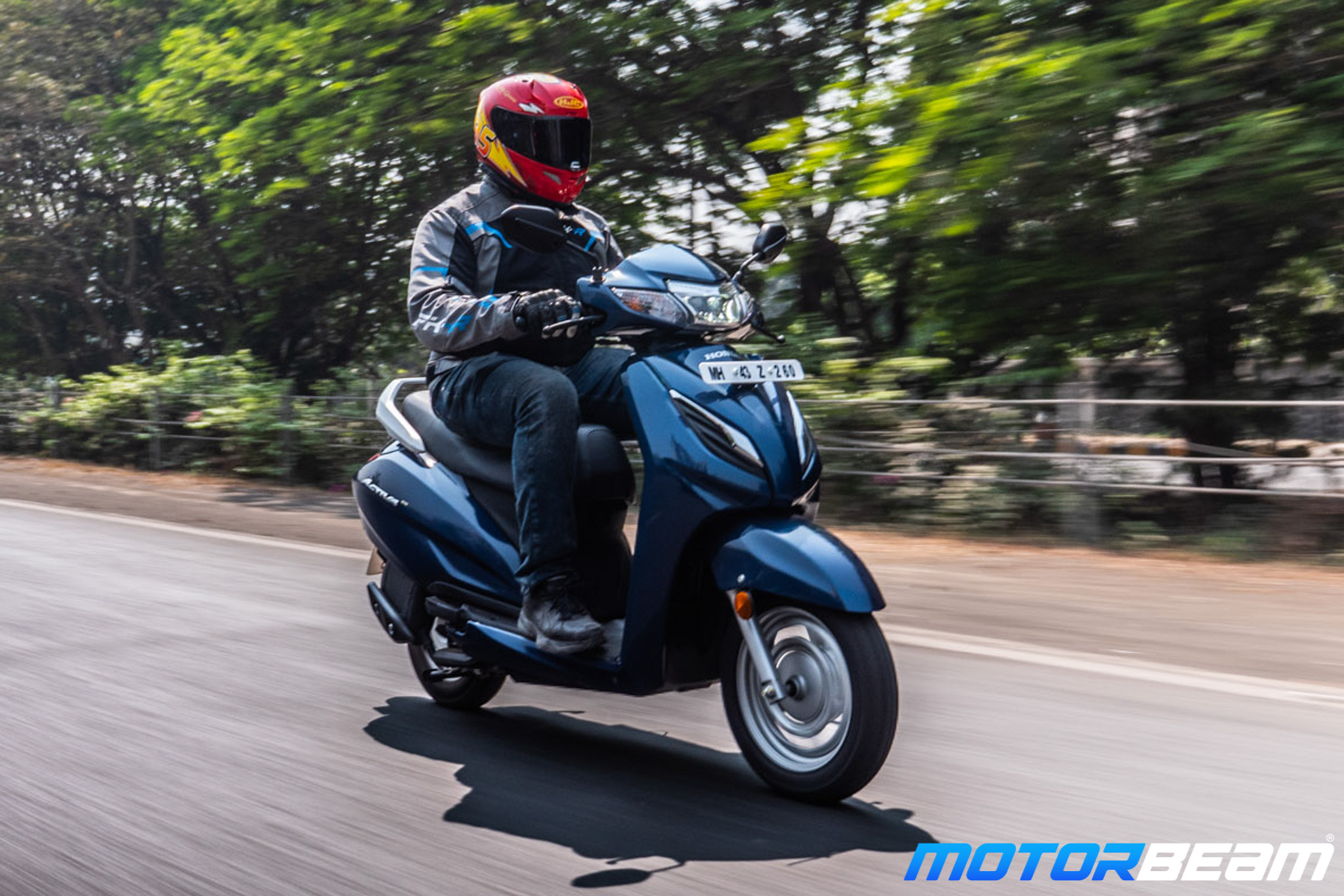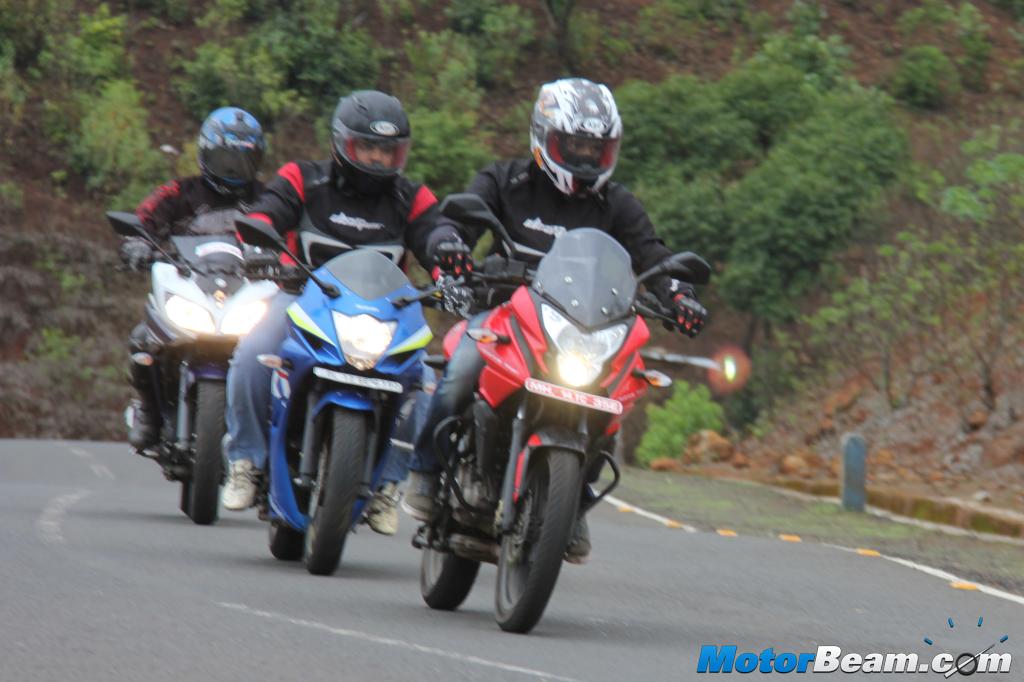The year 1929 was indeed a great year for the motorcycle world. The legendary Jawa was introduced in this particular year. Getting the name from Frantisek Janacek (founder) of the Wanderer Cars, which hales from Czech Republic, Czechoslovakia as it was known by then. In 1950 JAWA made its way to the Indian roads with its 250cc and 350cc models, through Ideal Jawa based in Mysore which later sold the bikes with under the name Yezdi which means “Going and running”. We were lucky enough to have a chance meet with few of the pride Jawa owners. “Jawa is something that happens to you like love. I also own a Bajaj Pulsar 220 but still Jawa would be my first preference for a ride” says Leon D’souza, Technical Trainer in Mercedes Benz India.
What makes it so stand out is its styling. The sleek styling of it which makes it comfortable to maneuver on the toughest trails or on the arrow straight road, it’ll just stay with the rider making it look easy as drawing an ‘O’ on a piece of paper. Comparing it with the Yezdi which was later available on the Indian market, the Jawa was curvier on the style lines the fuel tank, engine fins and the gearbox housing unlike Yezdi which was more boxy on the appeal. The metal headlamp casing which hugged the front fork and carried the milometer too making it unique on the appeal factor.
Apart from the styling, this bike was a niche on the technical platform too. The bike’s powerhouse was one of a kind, which used to fit the engine, the clutch and the gearbox in a single housing. The kick, the clutch along with the gear shifter; all were operated via a single lever unlike any bike in its age or after; by a slide-in slot mechanism yet again defining comfort. Turn on petrol tap, tickle the tickler to float-in some additional hydrocarbons for a easy start, swing-in the kick and the bike comes to life with its noticeable exhaust note “ting ting ti ti ting ting”.
The twin exhaust that looked like a set of missiles used to breathe in a very different style unlike other 2-stroked bikes available, which always used to be an easy reckon for its presence on the road; which is still legendary on the current road and traffic conditions. One of the main reasons why these bikes were famous for off-roading is its exclusive comp ability of dealing with flat tires. The bike’s front and rear tire pose the same dimension including the brake drums, so a single spare mounted near the bikes belly (also helping as a crash guard) can serve both the front or rear flat-outs.
“The only thing which has never backed down; owing to any mechanical failures on my many adventurous is my 1962 Jawa” exclaims Indran Thevar a wild life photographer from the southern region of India. This is what Jawa is all about, a classic, which still lives amongst the heart of bikers who believe JAWA CZ addictions are hard to overcome.
– Deep Makwana


